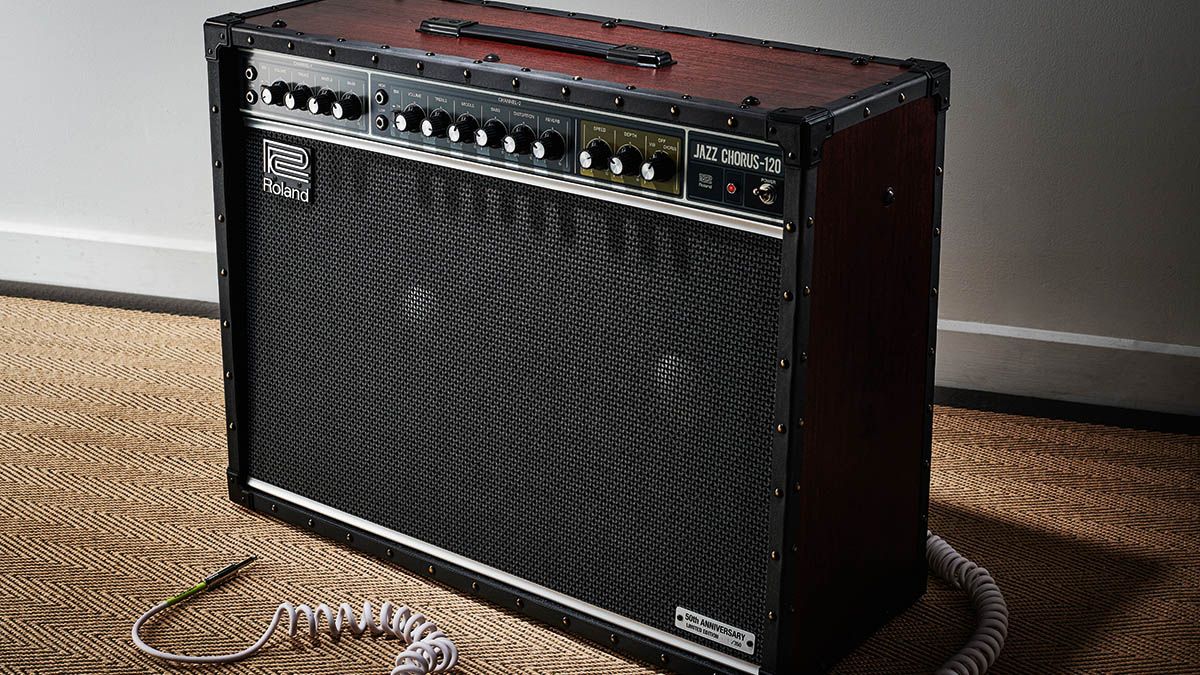A de-esser is not just for vocals—it’s a precision scalpel for taming harshness anywhere in your mix or master. Whether it’s softening bright guitars, balancing overheads, or shaping overall tonal polish, it offers dynamic control that static EQ can’t match.
Here are eleven uses for that powerful tool.
1. Vocal Sibilance Control
The classic use: softening excessive “sss” and “tss” sounds without dulling the entire vocal.
Modern de-essers let you target specific frequency bands (usually 5–9 kHz) and set thresholds that only react when those consonants jump out.
Tip: Use a split-band mode to leave the rest of the vocal untouched. In broadband mode, the whole signal ducks slightly—sometimes that’s actually desirable for aggressive rock or metal vocals.
2. Taming Harsh Cymbals and Hi-Hats
Cymbals often sit in the same sibilant zone as vocals. Instead of EQ’ing them permanently darker, apply a de-esser on the drum bus or overhead mics. It dynamically smooths harsh crashes without killing shimmer or detail.
Try this: set the de-esser around 7–10 kHz, fast attack, and moderate release—just enough to pull back the edge when drummers get excited.
3. Smoothing Electric Guitars or Distorted Synths
Overly bright guitars or synths can have piercing harmonic content in the upper mids (3–6 kHz). A de-esser can work like a smart dynamic EQ, reacting only when that fizz crosses a threshold. This trick keeps energy intact while taming fatigue-inducing harshness.
4. Controlling Breath Noise and Plosives
Breath or “popping” sounds don’t always sit in the sibilant band, but multi-band de-essers can target different ranges. Use a low-frequency de-ess (100–300 Hz) on problematic voiceovers or podcasts to suppress plosives dynamically, instead of chopping them manually.
5. Brightness Management on Entire Mixes
In mastering, a de-esser becomes a subtle polish tool. A broadband de-esser around 6–8 kHz can keep a bright mix under control—especially in modern pop or EDM, where high-end excitement can quickly turn harsh after limiting.
This technique can be perfect for streaming masters, where compressed formats can exaggerate the top end.
6. Taming Sibilance After Compression
Compressors often pull up quieter passages, unintentionally emphasizing sibilant consonants or harsh high-end. Place a de-esser after your main vocal compressor to keep the dynamic contour natural and prevent a brittle sound.
7. De-Essing Reverb Sends
Harshness doesn’t just live in the dry vocal—reverbs can smear those frequencies across time. Use a de-esser on your reverb return to reduce bright reflections of “s” sounds. The result: lush ambience that feels smooth and expensive.
8. Enhancing Warmth by Contrast
Sometimes, de-essing isn’t about removing brightness—it’s about making warmth more noticeable. Subtly reducing high-frequency peaks can make the lower mids (200–500 Hz) seem fuller, without actually boosting them. It’s a psychoacoustic trick to add body and presence.
9. Multi-Band Mastering Precision
Modern mastering chains often include frequency-selective de-essing across multiple zones:
-
3–5 kHz: tames edgy guitars or snare crack
-
6–8 kHz: smooths vocals and hi-hats
-
10–12 kHz: controls “air” harshness from mastering EQ boosts
It’s a cleaner solution than static EQ notches because it only activates when necessary.
10. Creative Effects: De-Essing the Opposite Way
Flip the idea: use a reverse de-esser (by compressing everything except the sibilant range). This can make a vocal sound extra crisp and present, useful in pop and hyper-modern productions. Some plug-ins allow this through sidechain inversion or dynamic EQ boosting.
11. Sidechain De-Essing on Mix Elements
You can even use a de-esser side-chained from one source to another. Example: trigger a de-esser on your reverb return using the vocal’s sibilance band—so the reverb dips only when “s” sounds hit. This creates a cleaner, more professional vocal space.
Final Thoughts
The secret is moderation: small, well-targeted adjustments keep energy and clarity intact while eliminating fatigue. Think of it as a brightness regulator rather than a brightness remover.



